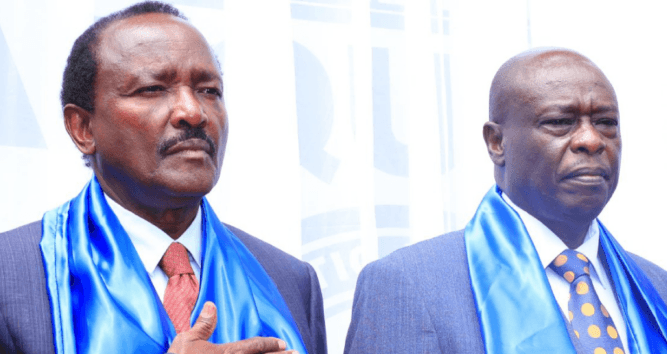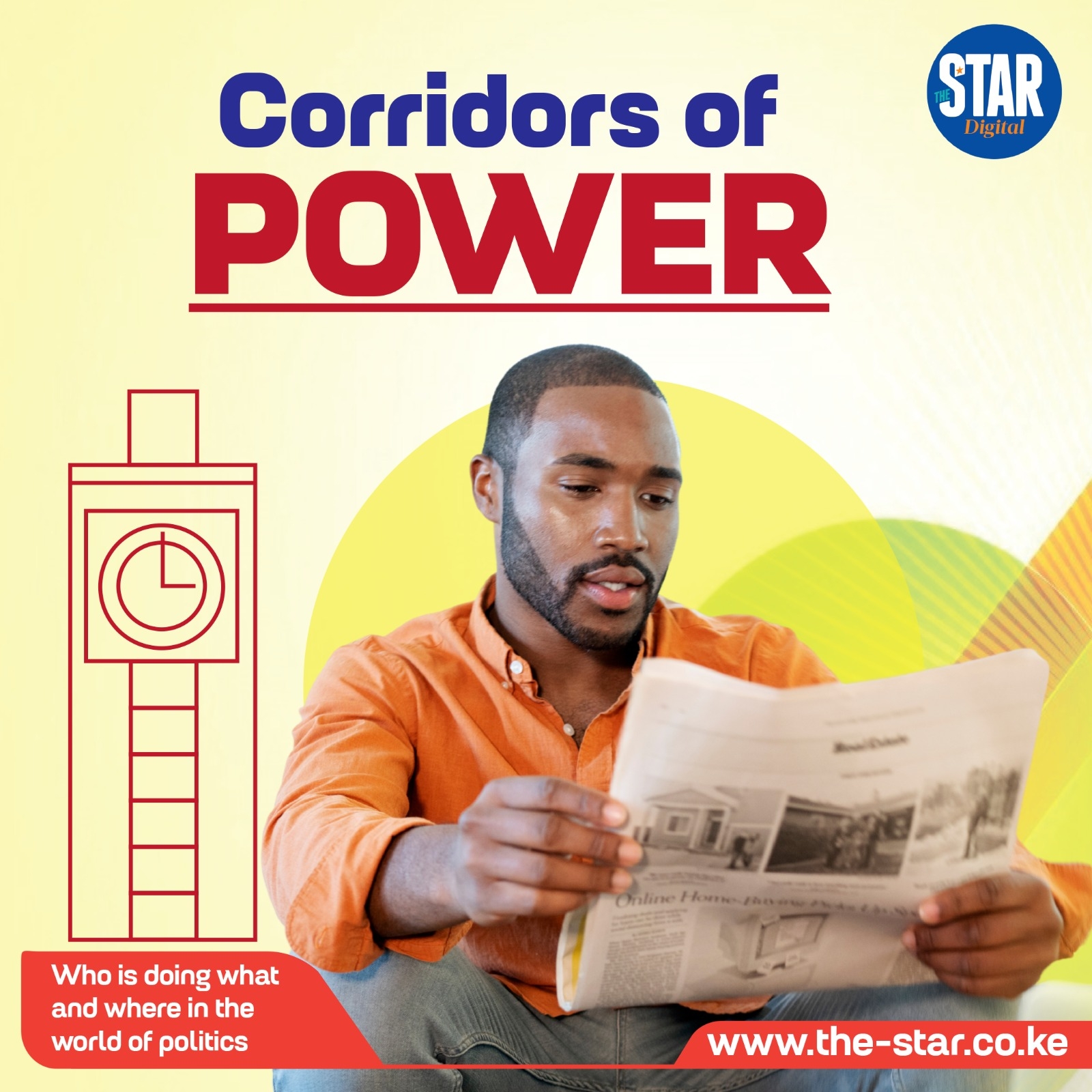It is notable that when Kenyan leaders offer their visions and dreams to the electorate, they will often focus on what has already been done elsewhere in the world.
In the case of the coastal city of Mombasa, the focus has often been on Dubai.
Dubai’s role as a centre for trade in the Middle East goes back centuries. But it is from the 1980s that it began its journey towards what it is now – a glittering metropolis which defines glamour and commerce.
Dubai also has something else that Kenyan leaders have for many years aspired to bring to our country: a thriving 24-hour economy.
It is thus a rightful illustration of what Mombasa could become given visionary leadership.
So, what is Mombasa at the present time? And what could it become in time?
Let us start with the present.
Mombasa, like many old port cities, has two distinct areas.
On one hand is the old town sector, which is several centuries old with its residential, recreational and commercial areas still inhabited by a group of people of similar culture and heritage in their quarters with recognisable architecture.
On the other hand would be the contemporary town that has evolved to meet the growing needs of a modern city.
Mombasa being an island is easily defined into two parts, Mombasa Island and Mainland. Both the Central Business District and the foremost cultural icons of Fort Jesus and Old Town Mombasa built in 1593 and 900AD respectively are on the Island.
The population living within 2km of the Central Business District stands at approximately 200,000, with an estimate 45 per cent being households with incomes over Sh100,000 per month. This ought to be enough to an anchor market for commercial vibrancy late into the night.
Why then does the city seem dead at night, even as the cool night air gives a relief to the heat of the indoors during the day, especially to homemakers or stay-at-home women who culturally comprise almost 80 per cent of the households in the area?
If we dream of a 24-hour economy that would lead to the kind of entrepreneurs who currently travel to Dubai to buy their trade goods, instead coming to Mombasa for such purchases, then surely, we must start with at least an 18-hour economy, in which the Mombasa CBD operates from 6am to midnight.
Commerce of any kind begins with access and viewing of what is on offer, followed by selection of the item and payment for it thereafter. Only then can one take full possession of it, and should there be any defect in the item, they can seek redress.
The commercial premises with frontage to the main nine commercial streets of Mombasa Central Business District have a total area of approximately 460 acres, eight per cent of which are occupied by car sales outlets.
This percentage acreage is disproportionately high, especially as household expenditure patterns show that 85 per cent is on domestic consumption and accommodation and fewer than three per cent of the residents own cars.
The situation is exacerbated by a vast number of commercial premises having opaque metal blinds on their display windows after they close, in fear of vandalism, which has not occurred in any destructive form in Mombasa over a 15-year period.
Further to this there exists street families and their inherent threats and too many unlit main and side streets. Neither is there any security in the form of CCTV surveillance nor response patrols. With the first step of potential buyers of window shopping being so hazardous, the subsequent steps of selection and purchase are hampered.
The vibrancy of a city is not only dependent on the commercial aspect, transport connectivity for both buyers and sellers is important, as it is in the interest of entrepreneurs to have their workers safe, just as safe parking and commuting are critical for the buyer. Hospitality and recreational attractions transferred from residential areas where they create noise and social nuisance to the CBD would greatly aid the late-night economy.
Next week I will examine the factors that would make it possible for Mombasa to rise to being the Dubai of East and Central Africa.
















![[PHOTOS] Ruto launches Rironi-Mau Summit road](/_next/image?url=https%3A%2F%2Fcdn.radioafrica.digital%2Fimage%2F2025%2F11%2F6f6601a6-9bec-4bfc-932e-635b7982daf2.jpg&w=3840&q=100)
